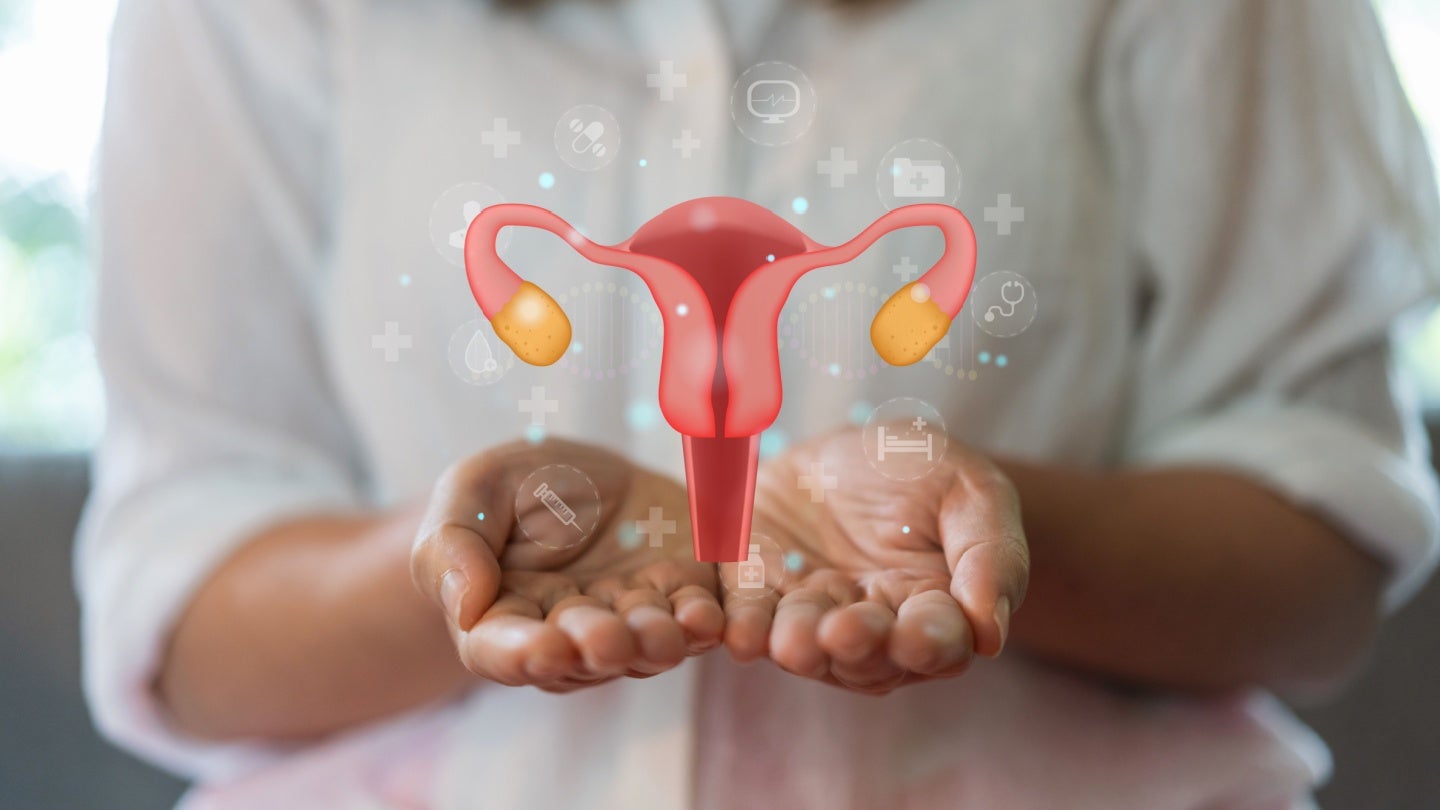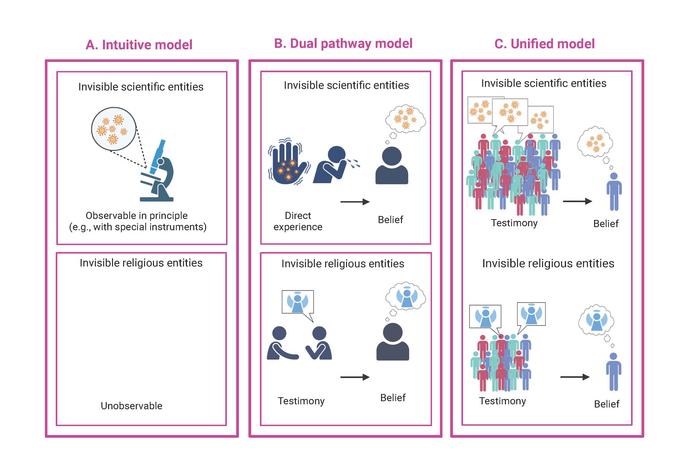New Evidence Highlights Potential Risks of Cannabis Use During Pregnancy
A comprehensive new systematic review published in JAMA Pediatrics reveals that cannabis consumption during pregnancy is linked to increased risks of preterm birth, low birth weight, and neonatal mortality. This pivotal analysis synthesizes data from over 21 million individuals across 51 observational studies, marking a significant advancement in understanding the prenatal effects of cannabis exposure. […]


A comprehensive new systematic review published in JAMA Pediatrics reveals that cannabis consumption during pregnancy is linked to increased risks of preterm birth, low birth weight, and neonatal mortality. This pivotal analysis synthesizes data from over 21 million individuals across 51 observational studies, marking a significant advancement in understanding the prenatal effects of cannabis exposure. The research was led by Dr. Jamie Lo, a maternal-fetal medicine specialist at Oregon Health & Science University (OHSU), whose clinical experience with high-risk pregnancies underscores the urgency of clear guidance on this increasingly prevalent issue.
Cannabis use among pregnant individuals has become more common in recent years, notably diverging from declining trends in prenatal alcohol and tobacco consumption. Many expecting mothers perceive cannabis to be safe, particularly as it often replaces substances like nicotine and alcohol that they consciously quit. However, Dr. Lo highlights the critical disconnect between perception and evidence: the lingering federal classification of cannabis as a Schedule 1 substance contributes to a paucity of conclusive clinical data, creating a cloud of misinformation. This systemic review sought to address these uncertainties by rigorously evaluating the latest research evidence.
A striking facet of the updated meta-analysis is its enhanced methodological rigor and scope. The inclusion of eight recent studies since the previous review has elevated the confidence level regarding some adverse outcomes from “very low-to-low” to “moderate.” In particular, the evidence now more robustly supports associations between prenatal cannabis use and suboptimal neonatal outcomes such as low birth weight, premature delivery, and small-for-gestational-age infants. Though findings linking cannabis to neonatal mortality are still tentative, they raise important flags for ongoing investigation and clinical vigilance.
One challenge this research aims to circumvent is confounding from polysubstance use, especially nicotine, which often accompanies cannabis smoking. In this updated analysis, a substantial portion of included studies specifically examined populations that used cannabis in isolation, allowing a clearer attribution of effects to cannabis itself. This nuance is particularly relevant given preexisting knowledge about nicotine’s harms, helping to isolate cannabis’s independent impact on fetal development and birth outcomes.
A parallel body of research in nonhuman primates strengthens the biological plausibility of these human findings. Experimental prenatal exposure to tetrahydrocannabinol (THC), the primary psychoactive compound in cannabis, has been shown to impair placental function. Advanced imaging modalities, including ultrasound and MRI, reveal compromised placental blood flow and reduced oxygen delivery in exposed subjects, accompanied by decreased amniotic fluid volume. These physiological disruptions provide a mechanistic framework linking cannabis exposure to impaired fetal growth and development.
Dr. Lo emphasizes the critical role of the placenta as more than a passive conduit; it functions dynamically to regulate the intrauterine environment. Impairment of placental function can jeopardize nutrient and oxygen supply, with cascading effects on fetal viability and long-term health. These emerging data underscore the need for obstetricians to counsel patients not only on abstinence from cannabis but also on harm reduction strategies when complete cessation proves elusive.
Despite federal legal restrictions, multiple states including Oregon have legalized cannabis for both medical and recreational use, creating a complex regulatory and clinical landscape. This dichotomy contributes to mixed messages for pregnant individuals, many of whom report symptomatic relief from nausea, insomnia, and pain through cannabis use. Recognizing these competing pressures, Dr. Lo advocates a pragmatic approach that prioritizes reducing frequency and quantity, aiming to diminish risk while acknowledging patient realities.
The broader sociocultural context of cannabis legalization and normalization adds further layers of complexity. The absence of uniform public health messaging and standardized guidelines leaves many providers and patients navigating ambiguous terrain. This systematic review endeavors to fill critical evidence gaps, furnishing the medical community with more definitive data to inform risk communication and prenatal care protocols.
Financial support for this research was provided by the U.S. Department of Veterans Affairs’ Office of Rural Health and the National Institute on Drug Abuse, underscoring the cross-institutional commitment to understanding drug exposure during pregnancy. The investigation is also part of the Systematically Testing the Evidence on Marijuana (STEM) project, which strives to clarify the impact of cannabis use on health outcomes through comprehensive research synthesis.
As discourse around cannabis continues to evolve, this study prompts essential reevaluation of its safety profile in vulnerable populations. The demonstrated associations with adverse neonatal indicators highlight an urgent need for healthcare providers to proactively address cannabis use in prenatal counseling sessions. Creation of guidelines balancing patient autonomy with fetal safety will be pivotal in mitigating risks identified by this robust body of evidence.
Ultimately, this updated systematic review presents a cautionary message to both clinicians and expectant mothers: while cannabis may offer relief from pregnancy-related discomforts, its use is far from benign. The intricate interplay between cannabis exposure, placental function, and neonatal health demands ongoing investigation and nuanced clinical strategies. This research is a seminal step toward dispelling misconceptions and fostering informed decision-making in maternal-fetal medicine.
Subject of Research: People
Article Title: Prenatal Cannabis Use and Neonatal Outcomes; A Systematic Review and Meta-Analysis
News Publication Date: 5-May-2025
Web References:
https://jamanetwork.com/journals/jamapediatrics/fullarticle/10.1001/jamapediatrics.2025.0689
References:
Lo, J., Yaddala, S., Shaw, B., Robalino, S., Ayers, C., Ward, R., & Kansagara, D. (2025). Prenatal Cannabis Use and Neonatal Outcomes; A Systematic Review and Meta-Analysis. JAMA Pediatrics. DOI: 10.1001/jamapediatrics.2025.0689
Keywords: Cannabis, Human reproduction, Gestational age
Tags: cannabis safety perceptioncannabis use during pregnancyDr. Jamie Lo researchevidence-based guidance cannabis uselow birth weight and cannabismaternal-fetal medicine researchneonatal mortality risksprenatal cannabis exposurepreterm birth and cannabispublic health issues cannabisrisks of cannabis during pregnancysystematic review on cannabis
What's Your Reaction?


































